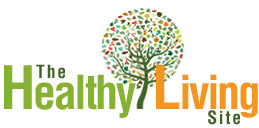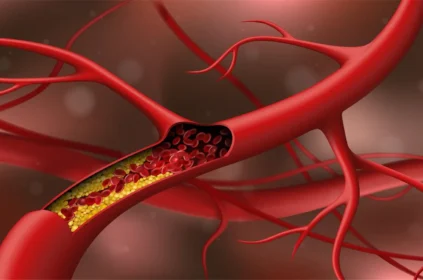Your doctor will be able to give you an accurate reading of your cholesterol levels after a blood test. The test will reveal how much good and bad cholesterol is in your bloodstream. There are many factors that will affect the numbers.
Your diet, lifestyle, age, gender, country, etc. all play a role in determining your cholesterol levels. The good news is that you have a great degree of control and can definitely help yourself if your bad cholesterol levels are high.
You should note that cholesterol levels vary from individual to individual. What is considered a normal level for a child may be abnormal for an adult. Different countries use different grading methods to ascertain cholesterol levels. Some use a metric system and some don’t.
The common practice is to measure the cholesterol levels in milligrams. If you have a reading that states 165 mg/dL, that essentially means that for every liter of blood in your body, you have 165 milligrams of cholesterol.
These days, cholesterol levels among people are at an all time high. The reason for this is that the majority of society leads very sedentary lifestyles and our food choices have changed dramatically for the worse over the last 50 or so years.
There is an abundance of junk food, processed food, foods high in high fructose corn syrup (HFCS), etc. All these foods directly and indirectly raise our cholesterol levels. Obesity has reached epidemic levels and bad cholesterol levels have skyrocketed.
The situation seems dire but all hope is not lost. You can always bring down your bad cholesterol levels just by making a few tweaks in your diet and changing your lifestyle by incorporating more physical activity in it.
There may be genetic factors at play too. Some people are more predisposed to high cholesterol levels and this is usually passed down through the family genes. Nevertheless, diet and exercise can still mitigate the genetic issues.
Many people falsely believe that it is too late to do anything. Just because they have high cholesterol levels due to years of neglect, they feel overwhelmed and think that they can never undo years of damage.
This is a fallacy. Both children who may have high cholesterol due to their genes and adults who have high cholesterol due to their neglect can help themselves. You absolutely must be proactive and make changes such as cleaning up your diet and exercising more.
When your doctor performs a complete blood count (CBC) blood test, it will be shown as lipoprotein measure. The cholesterol levels are seen as a whole… first you see the big picture and then it is broken down into different categories.
There are low density lipoproteins (LDL). This is known as the bad cholesterol because it causes plaque which can clog arteries. Next up, there are high density lipoproteins (HDL). This is your good cholesterol. Lastly, you gave the very low density lipoproteins (VLDL) and triglycerides. Find out more in our previous article : What You Need to Know About Cholesterol
Ideally your total cholesterol should not exceed 200 mg/dL. If your reading lies in the 200 to 239 range, that opens you up to mild health risks. You should immediately take steps to reduce the problem before it gets worse.
Once your reading exceeds 240, you have high cholesterol and there is a high risk for heart problems. In cases like these, your doctor may recommend medication, a change in diet and ask you to exercise. It would be a good idea to combine medication with diet and exercise to hasten the process of lowering your cholesterol levels.
Once you have brought it down to a manageable level, you can stop the medication and use a sensible diet and exercise to maintain your cholesterol levels. The key here is not to panic but to take action and help yourself. Only you can.
Your good cholesterol must be at an acceptable level. You should have a minimum HDL reading of 60 mg/dL. If your HDL level is below 40 mg/dL, there is insufficient HDL in your body to combat the bad cholesterol (LDL). You will want to consume foods that raise your good cholesterol levels.
Your bad cholesterol level (LDL) ideally should be below 100 mg/dL. If it’s hovering at a range below 130, it’s not really too much cause for concern. However, once the LDL exceeds 160, you have high levels of bad cholesterol. You know what you need to do.
As for your triglycerides, a reading is below 150 mg/dL is good and if it’s over 200 mg/dL, it’s time to lower it.
A high cholesterol level is not a death sentence. You can always reduce your cholesterol level. By doing so, you will lower your risk of heart diseases and will also feel healthier overall. Speak to your doctor and see what the best course of action you should take is. Always strive to help yourself.
Image by brgfx on Freepik





